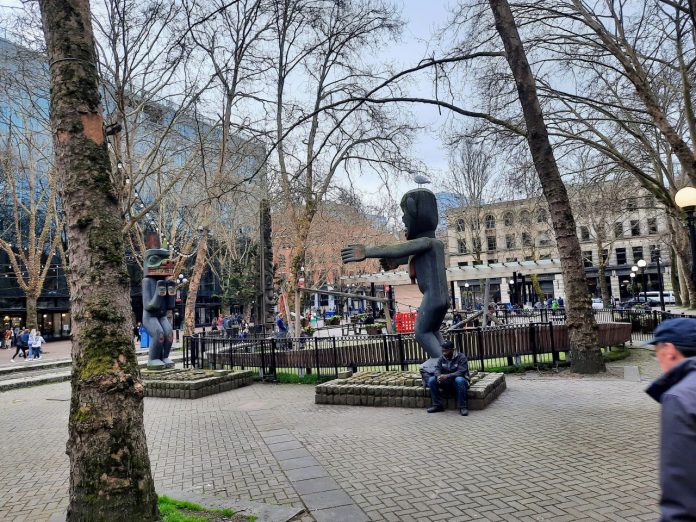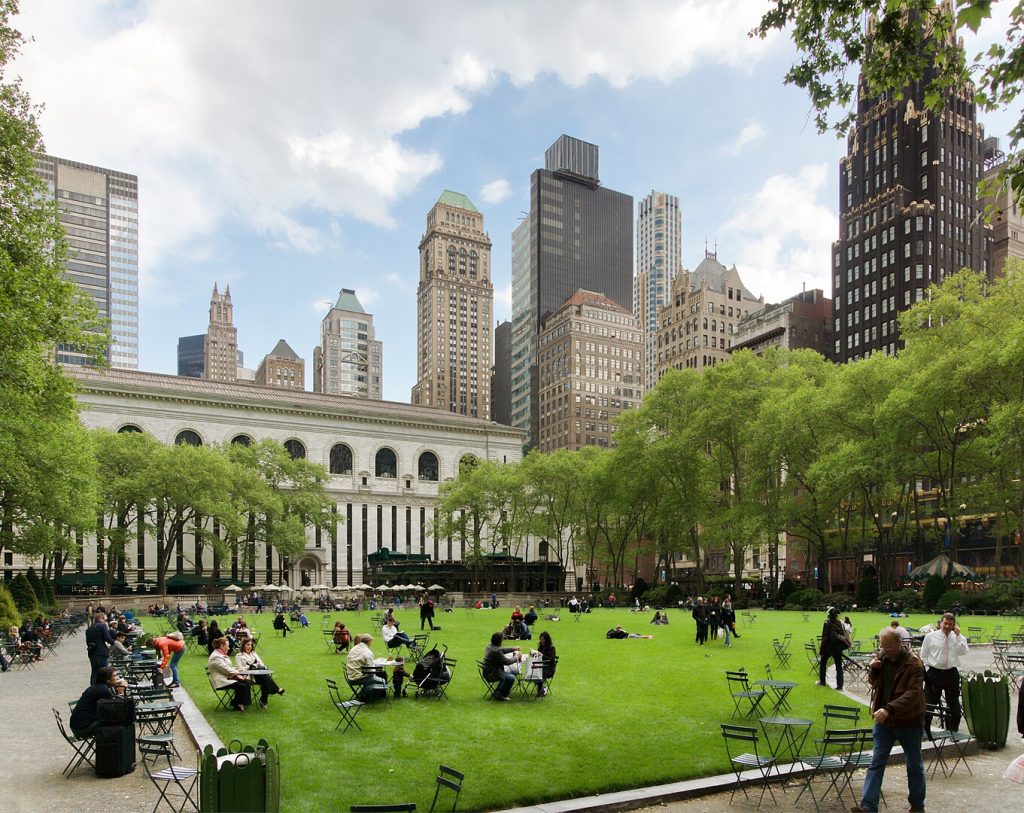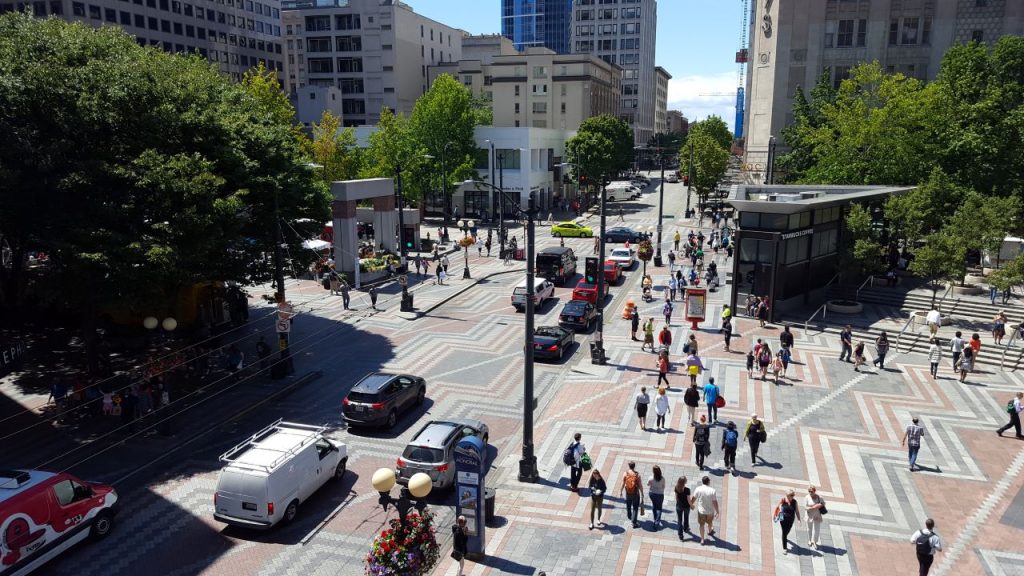
Activating public spaces is a worthy goal, but it takes welcoming people in with placemaking and guardianship, not banishing them.
When cities revitalize public spaces, critics often assume that efforts will have an ethos of exclusion. In regard to Seattle’s imminent Stay Out of Drug Area (SODA) zones, the critics are correct. Under the legislation that the Seattle City Council approved last Tuesday, people with drug-related convictions or charges will be banned from designated SODA zones on threat of arrest and charged with a gross misdemeanor.
This isn’t the first time that Seattle has tried SODAs, and the evidence suggests that they won’t accomplish anyone’s goals, whether those goals are to improve public spaces or help the people who use them.
There’s no denying that Seattle’s public spaces require action, but if we’re going back to the well, we should go to one with water. Not only do we have a rich history of having successfully revitalized public spaces, but we’ve done so without exclusion. History tells us that we’ve figured out more than we realize. Seattle should take a closer look.
Of the many available case studies, New York City’s Bryant Park is foundational. In the 1970’s, the park was known for open-air drug use and frequent law enforcement emphasis patrol efforts. It wasn’t until its renovation in the 1980’s that things began to look different. Dan Biederman, who led the renovation, analyzed the problem through the lens of place-based design and engineered a solution founded on sociological premises. After significantly altering the park’s built environment and adding amenities, including chess boards, ping pong tables, and 2,000 moveable lawn chairs, the park saw a drastic change in visitor use patterns.

By the 1990’s, Bryant Park was praised as the “town square of Midtown.” Biederman was criticized at the time for other public order initiatives that fell harshly on people who were homeless, but the Bryant Park initiative played out markedly differently. It was based on a key principle: public spaces should be open and welcoming to all.
This principle isn’t just a lofty ideal. It’s also a discrete public safety strategy. Insofar as openly illegal activity discourages other people’s use of a space, such activity is not in alignment with the open and welcoming to all principle. Conversely, a space that welcomes everyday users makes those users into informal guardians of the space, naturally deterring crime and reinforcing their prosocial use patterns. In other words, a person who visits Bryant Park to play chess contributes to the park’s vitality, regardless of whether that person happens to have a drug-related conviction or charge in their criminal record.
The open and welcome to all principle has contributed to vibrant public spaces in local case studies, too. In Shoreline, Aurora Avenue experiences comparatively less crime than its Seattle counterpart. Shoreline’s city officials, as well as their law enforcement, attribute Aurora’s contrast north of N 145th Street to the fact that Shoreline has taken better care of its public space.
In Seattle, both Occidental and Westlake Parks have seen their own revitalization projects in the last decade. Despite initial skepticism, neither park’s activation resulted in displacing its unhoused users, nor did their activation strategies intend to.
Park management hired Biederman as a consultant in both projects and drew from the Bryant Park blueprint. As amenities like chess, ping pong, and bocce ball were added, unhoused people were considered a primary user group. The resultant comingling of diverse populations in these parks was praised by homeless advocates and has even appeared in national discourse as a counterfactual to theories conflating revitalization and exclusion.
Formal guardianship has also been operative in these public space projects, whether via law enforcement, park rangers, or the Downtown Seattle Association’s downtown ambassadors. In some cases, the use of formal guardianship has been pivotal. After City Hall Park’s reopening in 2023, Biederman commented that the space would be particularly difficult to activate with the sort of programming that worked in Bryant, Westlake, and Occidental Parks.

Nevertheless, one need only walk through 3rd and Yesler to see that City Hall Park’s 2021 conditions, which were analogous to conditions in 2024’s proposed SODA zones, have yet to return. Notably, law enforcement has maintained an ongoing presence around the King County Courthouse, which is immediately adjacent to the park. Equally notably, these formal guardians have never utilized banishment in order to maintain the successful activation effort.
There’s no dispute here; everybody wants safe and vibrant public spaces. If the question is of the how, the evidence from past failures suggests that banishment won’t be useful. Evidence from past successes suggests that guardianship, both formal and informal, could be. But in the way that building a better city requires a vision for the future, guardianship requires shared values to guard.
As Seattle looks towards the future of its public spaces, perhaps the question of our moment is one of our own ethos: are we committed to being open and welcoming to all? Assuming we find the right answer, the evidence would suggest that a better future is possible.


